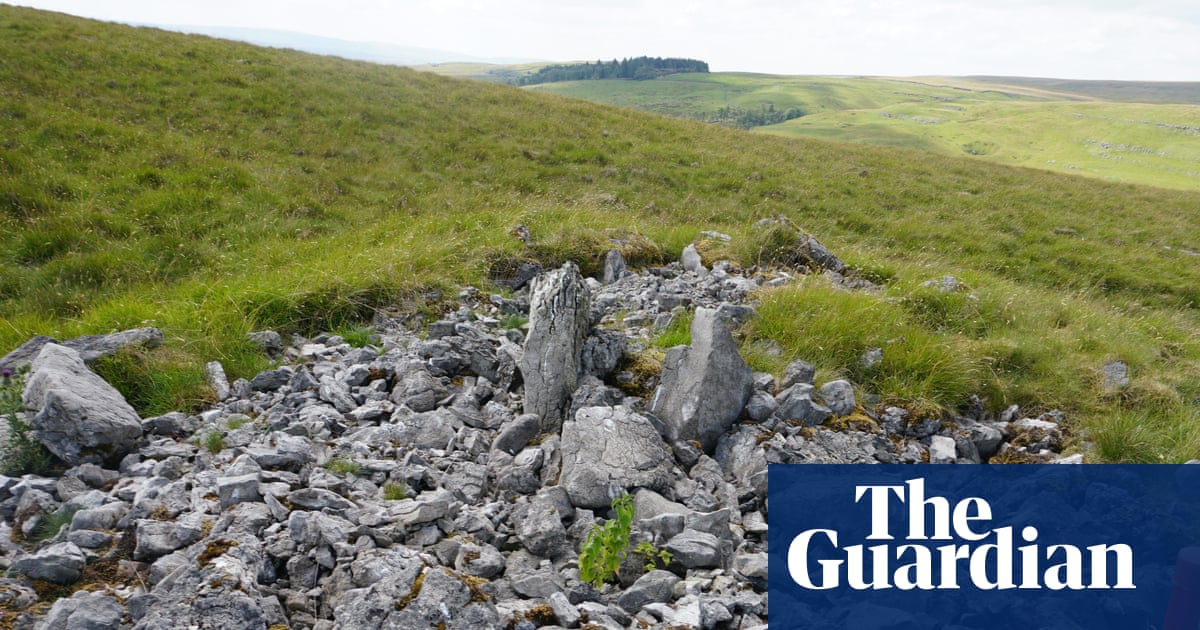T4K3.news
Remarkable Survival of Physicist Anatoli Bugorski
Anatoli Bugorski survived a proton beam accident that should have been fatal.
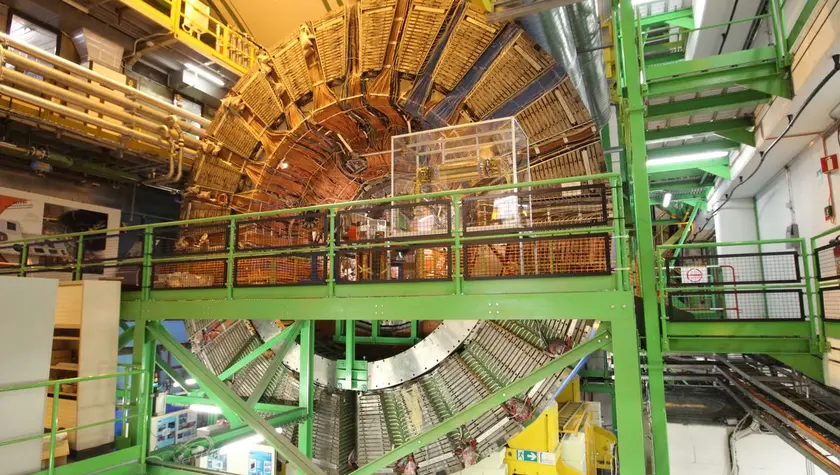
The story of Anatoli Bugorski sheds light on the risks and remarkable resilience of the human body.
Anatoli Bugorski's Extraordinary Survival After Particle Accelerator Accident
In 1978, Russian physicist Anatoli Bugorski experienced a life-altering incident at the Institute for High Energy Physics in Protvino, Russia. While inspecting equipment, a malfunction led to a high-energy proton beam passing through his head, an event that should have been fatal. Miraculously, Bugorski felt no immediate pain and completed his work before realizing the gravity of his situation. He absorbed a staggering amount of radiation, well beyond lethal levels, yet did not die. Despite significant long-term health issues, including facial paralysis and seizures, Bugorski continued his career in physics, later expressing a desire to contribute to scientific understanding of radiation exposure.
Key Takeaways
"I am being tested. The human capacity for survival is being tested."
Bugorski reflects on his experience and the implications for scientific understanding.
"This is, in effect, an unintended test of proton warfare."
Bugorski explains the unintended consequences of his accident.
Bugorski's survival challenges our understanding of human resilience and the capacity to endure extreme circumstances. His case raises crucial ethical questions about safety protocols in scientific research and the potential consequences of negligence. This incident serves as a stark reminder of the fine line between groundbreaking scientific discovery and catastrophic accidents. In contrast to the often sensational narratives surrounding physics, Bugorski’s story emphasizes the human element of these high-stakes environments. His journey from victim to advocate for scientific study of radiation effects reflects a unique intersection of personal struggle and scientific inquiry.
Highlights
- Surviving a proton beam should be impossible, yet here I am.
- This incident is an unintended test of human survival.
- I am not just a survivor; I am a testament to scientific curiosity.
- Radiation can destroy, but it can also teach us incredible things.
Safety Concerns in Particle Physics
Bugorski's accident raises questions about the safety protocols of particle accelerators, particularly in handling malfunction scenarios.
Bugorski's experience remains a testament to human resilience amidst scientific risk.
Enjoyed this? Let your friends know!
Related News

Remarkable stories of plane crash survivors
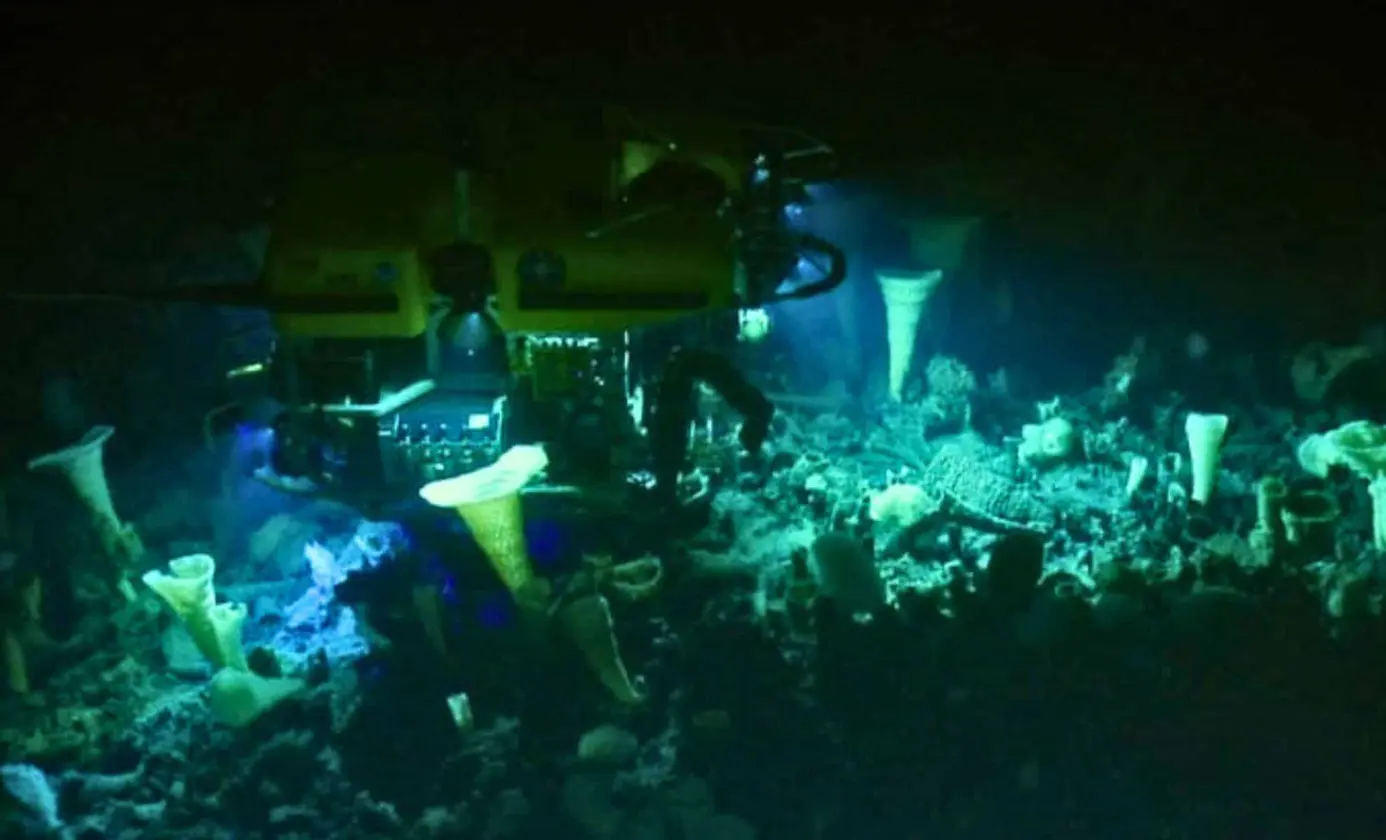
Scientists find living eggs in active underwater volcano

Vera Rubin Observatory begins groundbreaking research

Pancreatic cancer vaccine shows early promise

Geologist Tastes Oldest Water Found on Earth

Loren Schauers revisits site of life-changing accident
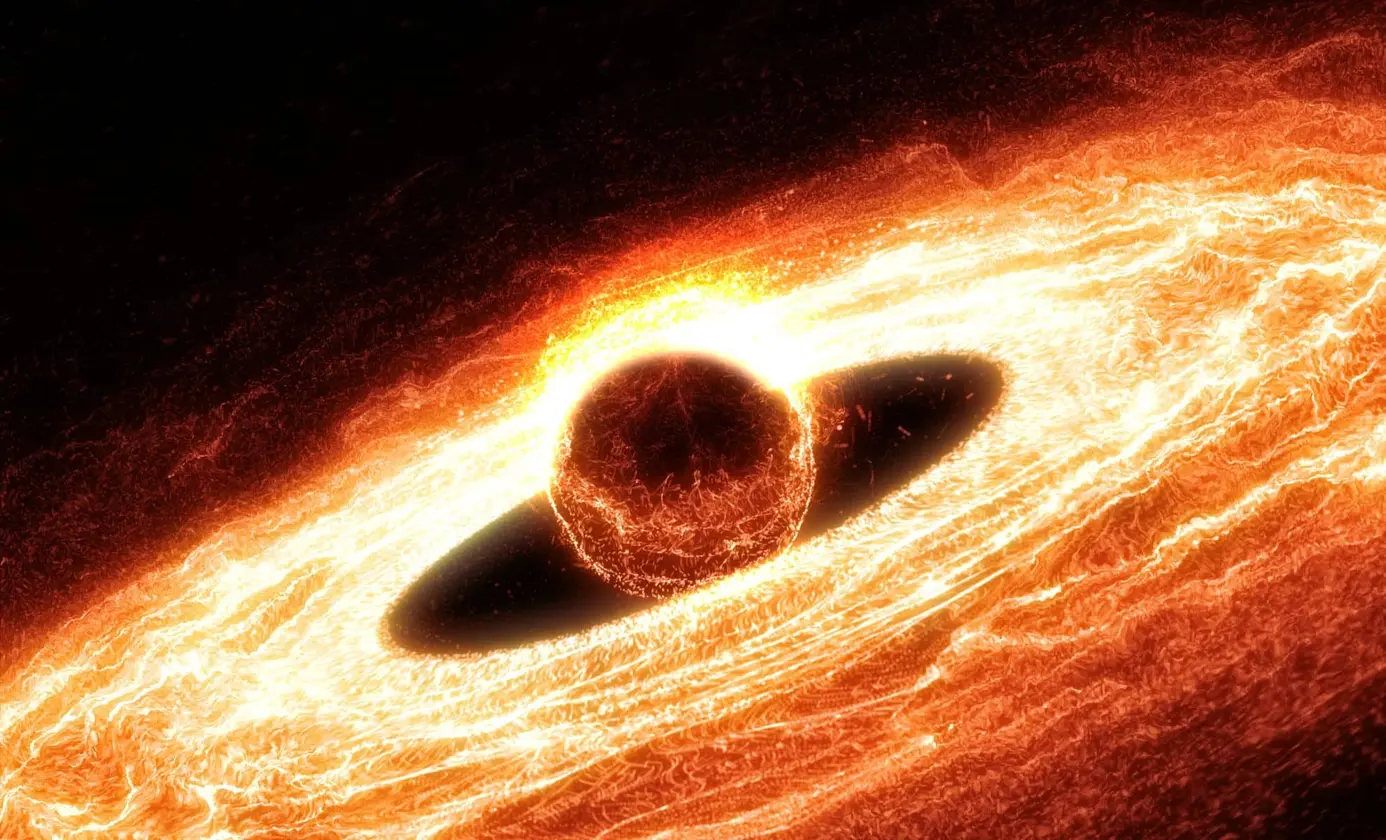
Astronomers observe second flare from same black hole
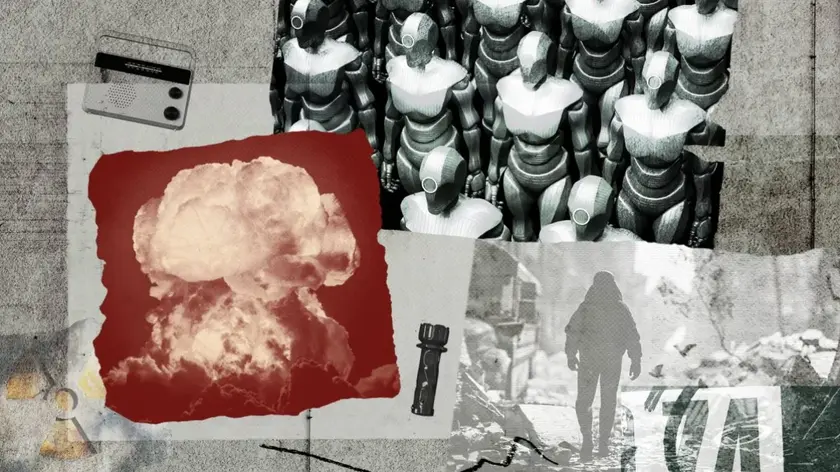
Existential threats to humanity highlighted
